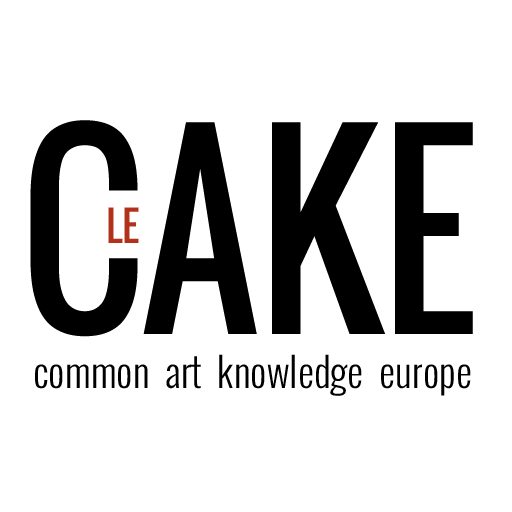The ideation workshop concludes the sequence about the New European Bahaus.
It is a more dynamic and participative workshop, requiring the involvement of the attendants to put into practice what they learned from the two other sessions.
Based on concrete exercises, this final step is designed to make participants see how the referential can be applied to the cultural sector globally, but also to their own organization and practices.
Regarding the NEB more specifically, the ideation workshop aims is to :
– Put into practice the knowledge acquired during the two first sessions through different concrete exercises
– Imagine how NEB principles could be implemented in the participants future projects
– Thinking how the participants could participate themselves to the NEB
Concretely, we divide the one-hour meeting in two parts :
For the first part of the meeting, we propose to start the creation process by relying on the co-creation methods imagined by André Fortin and Franck Louesdon in Se développer en rhizomes, guide pratique sur la cocréation.
We worked on adapting five of these methods to the NEB framework.
– Musée hétéroclite : Each participant has to bring objects connected to the NEB, and the group creates stories with them. In an online format that can be achieved by sharing pictures instead of objects.
– Perceptions croisées : Participants explore the NEB perspective from different angles through a graph with the NEB concept in the center and certain features to which it can be associated on the side
– Le dictionnaire : Each participant have to pick two numbers that correspond to parts of different words related to NEB goals, and have to define the word that come out of it
– Papiers volés : In the first round, participants are divided into groups that should pick two words among a group of words. In the second round they have to relate them with the NEB and in a third round they have to pick the more important one. The process can be repeated until having a group of words defining the topic.
– Idées expresso : In the first round, participants have to select several ideas related to the NEB topic. In the second round, they have to imagine stakeholders that can be involved to resolve or to manage those problems, and in the third room imagine three solutions based on them
– Chinese Portrait: Participants have to link NEB to other objects, food, people etc
According to the number of participants it is possible to choose among those five methods only one, or to divide them among different groups
For the second part of the meeting two spaces on which NEB related projects have been implemented.
The spots are presented before the implementation of the projects, and the participants are unaware of what has been done : it is up to them to co-imagine and co-design hypothetical projects, taking in account both NEB and local specific requirements and concerns.
After draft-projects have been imagined, they are compared to the projects that actually happened and were awarded.
We worked on two specific spaces that were presenting many interesting opportunities regarding NEB values :
– Vabaduse Avenue in Tartu, Estonia, was among NEB finalists : It consists of making a busy avenue car free, to raise awareness about the rising number of cars in the city and open a public discussion about city space and its functions. Creating a space that is both safe and pleasant with a diverse cultural program, this project aims to strengthen the sense of belonging of the users.
– Bercy beaucoup in Paris, France : It consists of turning a former wasteland into a beautiful, welcoming and equipped space to experiment around the circular economy and nature in the city while building a community of committed and friendly actors and practices. This place aims to concretize and co-construct projects, all kinds of experimental, artistic, economic and solidarity initiatives, while contributing to the emergence of a neighborhood in the making.
It is possible to use different examples that would relate more to a specific group of participants, and to present more or less spaces according to the number of people attending.

